Early varieties of strawberries
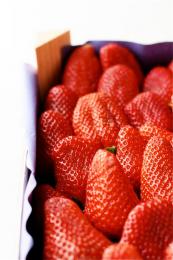
Due to their excellent adaptability, strawberries are grown all over the world. Fans of this tasty and healthy berry usually grow it on their own plot. zoned varieties, among which the obligatory ones are early-ripening, mid-ripening, late-ripening and remontant. In this case, you can enjoy this amazing delicacy almost the entire season. In addition, strawberries are the most expensive berry in our markets and many try to sell them in order to somehow replenish their budget.
Content:
- Choosing a variety of early strawberries
- Doing business on strawberries
- Landing
- Care
- Pollination
- Diseases
Choosing a variety of early strawberries
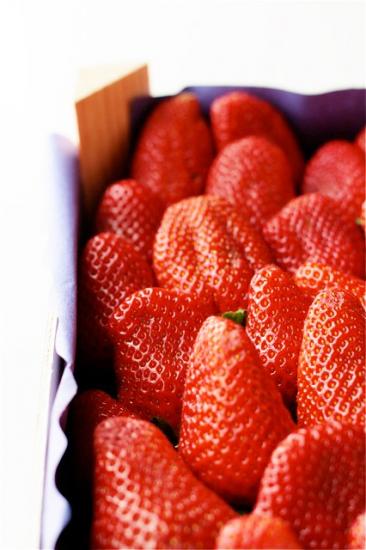
So, the early varieties of strawberries: “Desna”, “Honey", "Eriglow", "Zenga Zengana", "Olvia", "Kent", "Flamingo", "Freser", "Salyut", "Bereginya" and, of course, many others. It is impossible to call any of the varieties the best, they all have their advantages. For example, "Kent"ripens at the end of May, "Olvia" is resistant to the strawberry mite, "Zephyr" gives a good harvest in the first year, "Honey" (American variety) has many advantages, but is not frost-resistant. The berries of various early varieties have different colors and shapes , taste, yield.
Joseph Mohammed
The variety easily withstands drought and severe frost due to its powerful root system. Dark red oval berries have delicate pulp and a sweet and sour taste. The berries are small. Maturation is friendly.
Alba
The bright red berries are large in size and remain throughout the entire fruiting period.Alba is characterized by resistance to pests and diseases, excellent transportability.
Octave
The variety is characterized by a strong aroma, juicy pulp and thick skin. Easy to transport.
Mariska
Burgundy berries with a greenish tip have a strong aroma and flavor of wild strawberries. They have an incredible sweetness that no other variety has. Marishka is not afraid of illness or dry weather.
Kama
Winter-hardy variety. May be subject to spotting. This variety has a little secret.
Unripe berries have the usual sweet and sour strawberry taste, and fully ripe berries acquire a strawberry taste and aroma.
Marvelous
The berries are large, have a strawberry aroma and a unique taste that cannot be confused with other varieties. Doesn't lose its sweetness even in rainy weather. The berries are perfectly transported. The variety is resistant to high frosts and drought. Fruiting is abundant and extended.
Olvia
This variety is highly appreciated by gardeners. Large berries are characterized by juicy and aromatic pulp with a harmonious taste. They have high productivity and transportability, and have a marketable appearance. The plant is resistant to drought and fungal diseases.
Doing business on strawberries
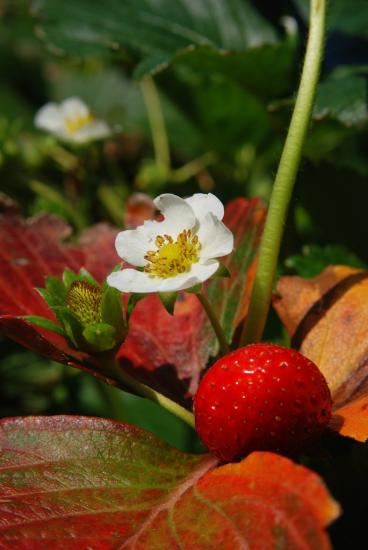
If you sell strawberries, then, without a doubt, you will receive the greatest income by selling strawberries of early varieties, since during the long winter people manage to miss this tasty delicacy and are happy to buy strawberries for their children and for themselves, despite the high cost.
In order to sell strawberries at the highest prices, It's better to use a greenhouse. Growing strawberries in a greenhouse will help you get a harvest 2 months earlier than usual.
Greenhouse strawberry cultivation
Landing
You need to plan planting in a greenhouse in advance: a year before the intended planting, the soil is fertilized with peat and humus. Before planting seedlings, mineral fertilizers are used.
For planting, take last year's mustache rosettes, which have a well-developed root system. All leaves are removed from them and stored in a room with a temperature of -2 degrees C. Seedlings are planted in a greenhouse in October-November, using a 25x30 centimeter pattern.
If you want to get an early harvest (in mid-March), then use artificial lighting for 8-10 hours. Without lighting, the berries will ripen much later - in early April.
Care
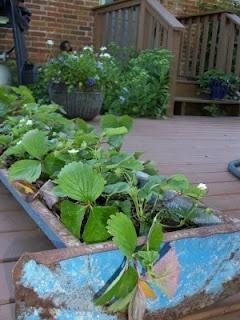
From the moment the plants bloom, the greenhouse must be regularly ventilated to prevent strawberry diseases. But at the same time, it is necessary to gradually increase the air temperature. Otherwise, flowering will be delayed.
The bushes are watered regularly, but water should not be allowed to get on the flowers and berries.
For quick and high-quality fruiting, it is recommended to feed strawberries with carbon dioxide.
Humidity is also important. When planting, it should be 80-85%. It is gradually reduced, bringing it to 70% during flowering.
Twice a month, plants need to be fed by dissolving potassium salt (10 grams), ammonium nitrate (40 grams) and superphosphate (40 grams) in a bucket of water.
Pollination
If you have not purchased self-pollinating varieties, you will have to resort to artificial pollination to get a bountiful harvest. To do this, use a soft brush (a school paint brush is suitable) to transfer pollen from one flower to another. You can use a fan for this purpose, directing the air stream at the flowers.
Diseases
Brings a lot of problems gray rot, from which it is very difficult to cure a plant. To prevent it, you should spray the bushes with a fungicide and avoid too high humidity.
Even if you don’t have early varieties of strawberries, you can speed up the ripening of other varieties by two weeks if you cover them with film for the winter (namely film, not covering material), and in the spring, when the time for frost has passed, remove the film.



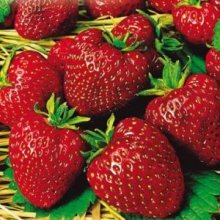
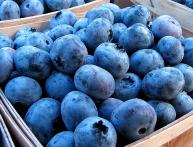
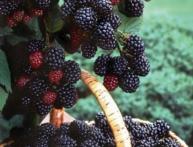
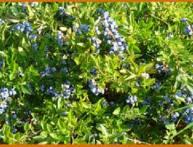
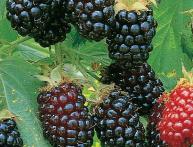
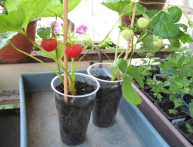
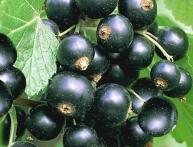
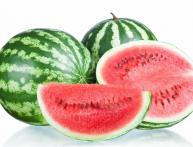
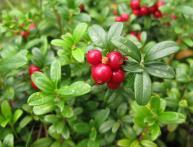
Comments
A mistake has crept in - Zenga Zengana is a late variety.
After a long winter, you look forward to berries. Therefore, early varieties of strawberries are very useful. Personally, I prefer to plant several bushes of different varieties than to plant the entire plantation with one, even if it is very good.
After a long winter, you look forward to berries. Therefore, early varieties of strawberries are very useful. Personally, I prefer to plant several bushes of different varieties than to plant the entire plantation with one, even if it is very good.